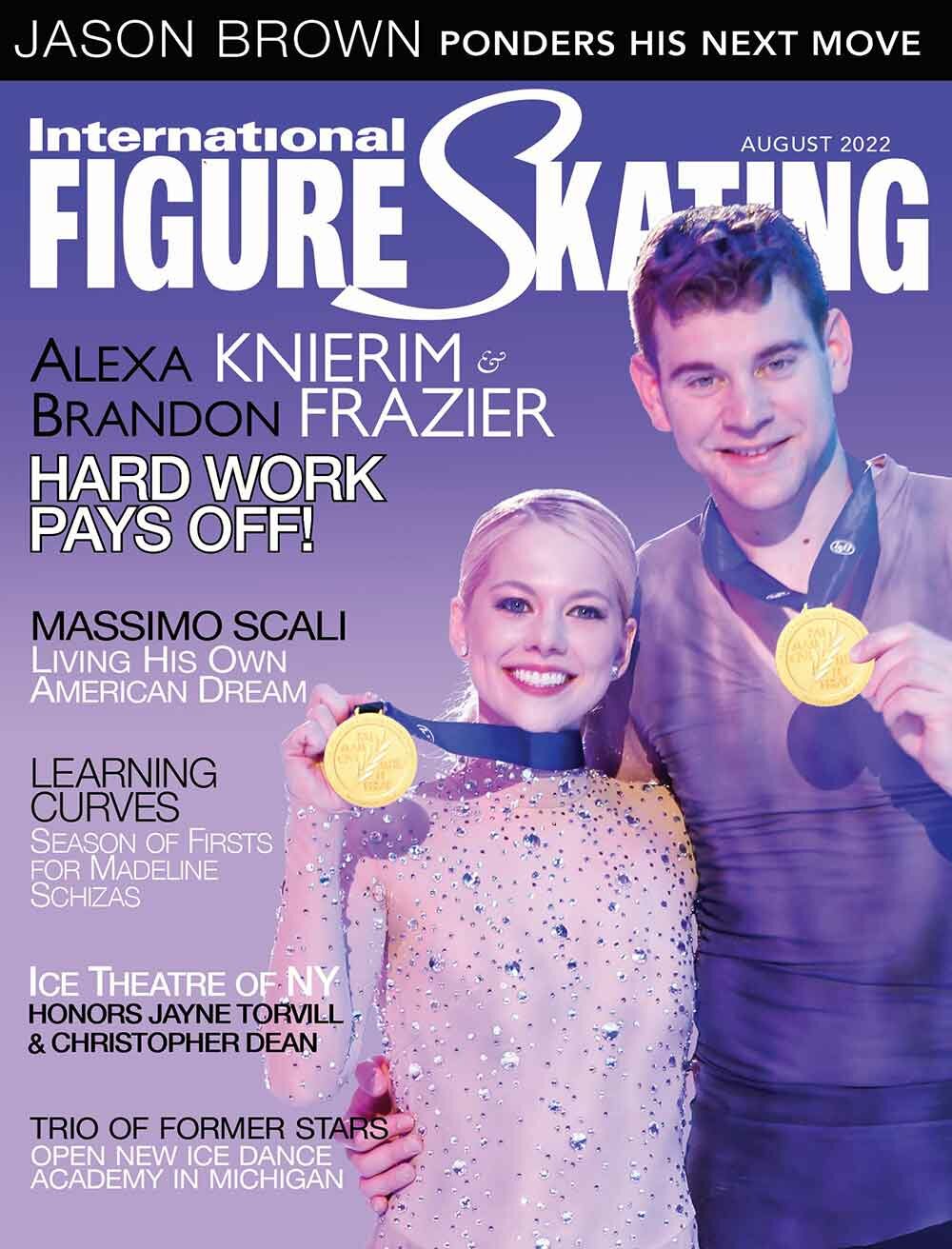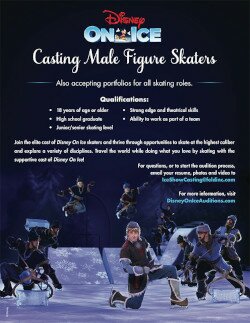

Piper Gilles and Paul Poirier were disappointed not to earn a place at the 2018 Grand Prix Final, but are determined to make up for that in the second half of the season.
The Toronto-based duo heads into the 2019 Canadian Championships with high expectations and will be in the hunt for a first national title in Saint John, New Brunswick.
What are your thoughts about the first half of this season?
Poirier: I think the fall season was challenging and frustrating for us. We didn’t qualify for the Grand Prix Final and that was extremely disappointing because that was something we really wanted to do this year. That said, we did post really high scores throughout our first Challenger and Grand Prix events. I think we have one of the five highest scores of the year. We are really happy with that. The scores we are getting are really in line with the top teams in the world.
Our points (program components scores) are moving more consistently into the nines and that is the direction we want to be heading. In France we had a lot of low levels, which was a little confusing because of a lot of the levels we got at other events this season, but that is sometimes how it goes with different technical panels. We were really happy to go to (Golden Spin) Zagreb and end our fall season on a really positive note. We got really good scores and some really positive feedback from that event, and I think it just put a little spring in our step after the disappointment of not qualifying for the Final. That kind of kept us motivated for nationals.
Did you make any changes to your programs between your second Grand Prix and Golden Spin?
Gilles: We made small adjustments to our twizzle sequence in the rhythm dance. We used to have the up and down twizzles at the beginning of the season, but right before Zagreb we made that change. Other than that, we made it bigger, with more detailed work, which we felt we needed at this time to make the program grow and take that step for the second half of the season.
Before Zagreb we made a few choreographic, stylists changes to the free dance but nothing major. I think our choreographic step sequence is slightly new. But again, we just took apart the program and focused on the details, pushed it out and made sure we were fully trained and ready to go for nationals. I think we are both 100 percent ready to go.
How do you feel about Kaitlyn Weaver and Andrew Poje competing at nationals?
Poirier: We are definitely excited to have them there. The higher the level of competition the more exciting it is for everyone. One of our goals this season is to be Canadian champions, and I don’t think that changes whether or not Kaitlyn and Andrew are there. We know they are strong competitors. We do feel we have the advantage of having competed throughout the fall and gotten feedback from a lot of international panels. We are prepared for this event. But, when it comes down to it, whether or not the Canadian contingent is strong or weak, there are always going to be strong couples internationally that we are measuring ourselves against and we want to be competing with those top couples — Madison Hubbell and Zachary Donohue and Gabriella Papadakis and Guillaume Cizeron — so we need to be on our best game no matter what.
The Tango Romantica pattern has proven a challenge for everyone this season. Why is that?
Gilles: The thing about the Tango Romantica is … where the technical panel is located makes a big difference. If they are to the right of the judging panel they see a different angle than if they are to the left. Everyone calls things differently. We have had multiple technical specialists come in and tell us one thing — and then we go to an event and the technical specialists are focused on another thing that we did not even think about. The hard part is that no one is really on the same page when it comes to this dance, and it reflects in everyone’s scores. It’s very subjective.
Poirier: I think this year — compared to the previous two seasons — the key points in the Tango Romantica are very long. In the Rhumba or Midnight Blues, the key points would have been three or four steps. So you had to perform those three or four steps correctly in order to get a yes on a key point and an extra level. In the Tango Romantica, some of the key points are 12 steps long. The longer the key points the more chance you have of cutting something slightly off; a wobble, not having your feet in the correct place. There are more chances for the technical panel to take key points away.
Piper and I both believe that getting a yes or no on the key points is not necessarily reflective of someone performing the dance well, skating it nicely, capturing the character or the essence of the dance. I think those are all separate things that are reflected in the GOE and, in the end, those are the things that are going to separate the teams.
How did the idea and concept for your free dance come about?
Gilles: A couple of years ago, Paul and I brought up the idea of doing something about Vincent van Gogh but we didn’t have any music or anything to tell that story. During the Olympics, Carol was going through her Facebook page and she found this band called Govado. She approached us after Worlds and said, ‘I have this great idea. It’s about Vincent van Gogh, Starry Night … we have to figure out how to contact these guys. If we hear nothing then so be it. We tried.′
They (Govado) wrote back within two days. I think they fell in love with the idea of doing something with two different artists and combining something so beautiful. Back in April, we were doing a show in Québec City and we had our first session with them. They were totally on board. It took a couple of months for them to figure out what we needed. There are certain rules that we have to abide by and they had to learn that.
We did not hear from them for a couple of months (after that), which was kind of scary for us because we had no idea what we were going to do for a free dance. And then, when we were in Colorado they sent the first draft — and the first half of the program was just magic. You could see where this program could go and how it could affect so many people.
Everyone is so invested in it. I feel like we are doing something so special and so original. That is something Paul and I want to do the next four years — really make an impact with our programs and really share our story, and everyone else’s stories along the way.
Poirier: We like to be storytellers through our skating and our programs. We like to be characters and have narrative. Not everyone likes to perform that way. We felt that this was a powerful, relatable, universal story that we wanted to make come alive. We have about 5,000 of them we want to tell but we will not be able to tell all of them. Part of it is just deciding what feels right at the right time.
RELATED CONTENT:
2019 CANADIAN CHAMPIONSHIPS




